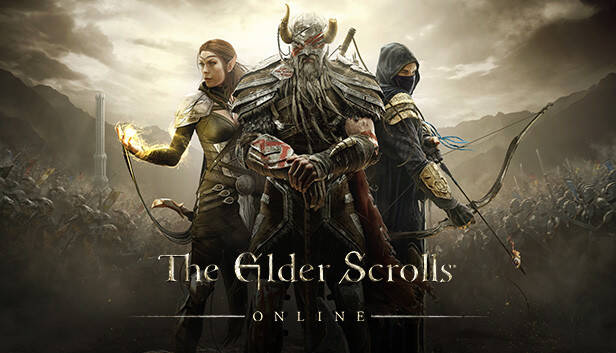Longtime fans of The Elder Scrolls series are aware that titular ancient artifacts didn’t actually appear until 2006’s The Elder Scrolls Online Gold IV: Oblivion, 12 years following the franchise’s debut on PC in 1994. Even though they are crucial for the lore and reputation of the magical land of Tamriel, most players know close to nothing about them. Unless you complete a ton of digging. If you need help unraveling the mystery, we have some answers, although their true origin (who created them and also to what end) remains an issue yet to be addressed with the series.
The Elder Scrolls can be a series of scrolls (obviously) that can be described by Bethesda as “fragments of creation externally of time and space.” Nobody knows the amount of exist, mostly simply because they defy the laws of physics, causing them to be incredibly tricky to count or archive. You might see 14 using a shelf and choose to pick one up, but five seconds later, the phone number may jump to 18 (19 in case you count the Elder Scroll still within your hand). To make matters worse, the scrolls can’t be cataloged since their contents are as fluid as probability itself.
Generally speaking, Elder Scrolls can be found in two varieties: those that record history and those that predict the longer term. Although, theoretically speaking, really the only difference between the 2 main is a matter of your energy. Before an Elder Scroll’s “prophecy” occurs, the scroll has account products that may come to give, but each time someone reads it, information changes. The items in an Elder Scroll only solidify once the “prophecy” happens, after which the object only displays the events while they occurred. Not even magic can alter what is written on one of these scrolls.
Read and buy elder scrolls online gold is really a very trial, and not just given that they are developed in a language that, when translated, displays utter gibberish as well as the occasional constellation. Only people who have proper training may actually read an Elder Scroll. As a general rule, exactly the Elder Scrolls’ caretakers, the Cult of the Ancestor Moth, have never successfully translated their contents. But of course, this cult’s monks don’t lose their brains during the translation process, they still eventually lose their sight, which they can accept as being a suitable cost to the knowledge.
While the cult’s monks can see Elder Scrolls without going insane, the technologically-advanced “Lost Race” called the Dwemer one-upped the monks and invented a computer device to read the scrolls for him or them. This device, the Lexicon, essentially photographs an Elder Scroll’s eldritch knowledge and transcribes it to a harmless form that retains every one of its crucial details. Typical Dwemer ingenuity.
While the Elder Scrolls are primarily made used by citizens of Tamriel (as well as the Elder Scrolls games) for knowledge, they have got other uses. Through unknown means, the scrolls can displace beings over time, or at the minimum displace dragons because of their unique link with time. The only friendly dragon in The Elder Scrolls V: Skyrim, Paarthurnax, believes that this mere act of casting the game’s main antagonist, Alduin the World Eater, forward over time erased all familiarity with how the feat was achieved from history (such as Elder Scrolls themselves). The only thing anyone knows for sure is that this act basically nuked the fabric of your time itself and came up with “Time Wound:” the consequence of using the power of an Elder Scroll to banish Alduin which removed the peak on the tallest mountain in Skyrim, the Throat on the World, from reality.
For all of the power in the Elder Scrolls, they've one Achilles heel: Dragon Breaks. For those who never heard of these events, they may be periods of non-linear time where every possible event (and occasionally impossible events) occurs, leading to branching parallel realities which might be as real and unreal as any. Usually, people forget these Dragon Breaks ever occurred once time fixes itself, and surviving historical records often contradict each other.
Some Dragon Breaks are worse as opposed to others and result in the very laws of reality breaking down. During the infamous Middle Dawn, the longest of the Dragon Breaks in the reputation of Tamriel, a lot of people claimed the Imperial province of Cyrodiil became an egg, although some said they gave birth to their particular parents. Since these Dragon Breaks are opposed to every known law of space and time, it's no surprise that Elder Scrolls contain no records or predictions of events within them. This is one of the many explanations why Dragon Breaks can also be known as “un-time” within The Elder Scrolls lore.
Despite all we realize about the Elder Scrolls, a great deal about them remains an enigma. Ideally, they need to stay like that. Sure, an Elder Scroll can predict the long run, but can we really want to discover how or why? Such knowledge would suck the many mysteries out of the objects. Still, it’s good to realize that if anyone ever needs to see an Elder Scroll but doesn’t hold the time to fortify their mind, they could always rely on a Lexicon.
Perhaps we’ll find out more about them when The Elder Scrolls VI finally arrives in the next few years?

